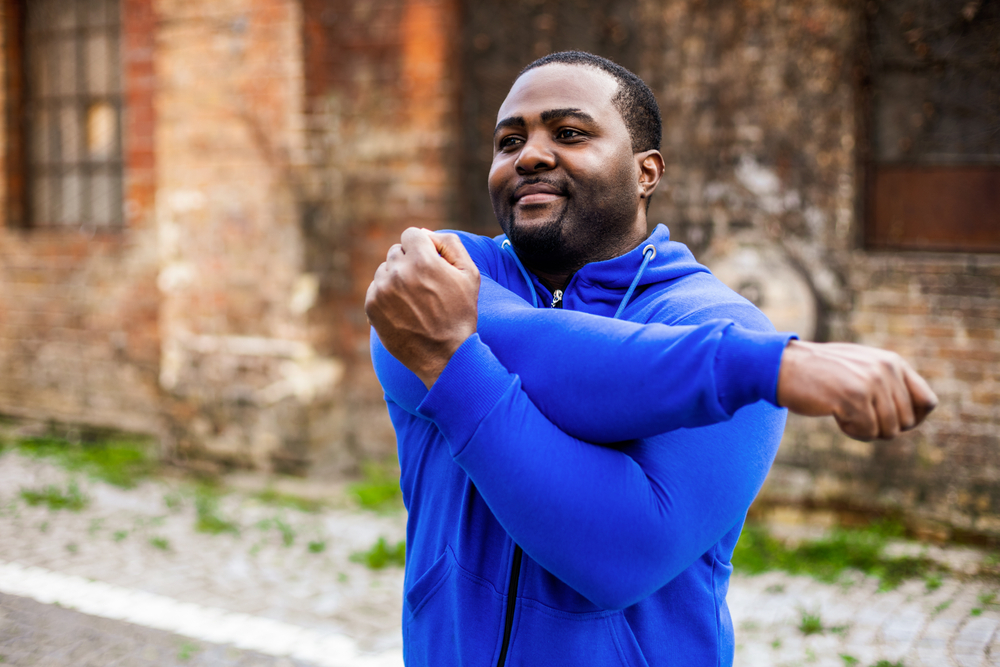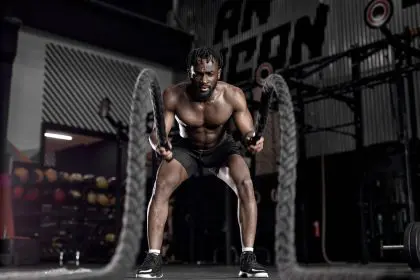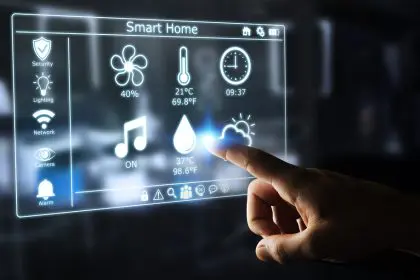As we age, maintaining physical activity becomes increasingly important for overall health and well-being. However, older athletes often face unique challenges, including a higher risk of injuries. One effective way to mitigate these risks is through regular stretching. This article explores five common injuries that older athletes can avoid with proper stretching routines.
Why stretching is important
Staying active is crucial for aging gracefully, but the risk of injury can be a significant barrier for older athletes. Stretching — often overlooked — plays a vital role in preventing injuries and maintaining flexibility and muscle health.
1. Muscle strains
Understanding muscle strains
Muscle strains occur when muscles are overstretched or torn. This injury is common among older athletes due to the natural loss of muscle elasticity and strength that comes with aging. Strains can happen during various physical activities, from running to lifting weights.
Preventing muscle strains with stretching
Regular stretching helps keep muscles flexible and strong. Dynamic stretches, such as leg swings and arm circles, are particularly effective before workouts. These movements increase blood flow to the muscles, preparing them for more intense activity. Static stretching, performed after exercise, can help maintain muscle length and prevent tightness.
2. Tendonitis
Understanding tendonitis
Tendonitis is the inflammation of a tendon, often caused by repetitive movements or overuse. It commonly affects older athletes because tendons lose their elasticity and become more prone to injury with age. Tendonitis can occur in various parts of the body, including the shoulders, elbows and knees.
Preventing tendonitis with stretching
Stretching helps maintain tendon flexibility and reduces the risk of inflammation. Incorporating gentle, targeted stretches into your routine can alleviate tension in the tendons. For example, wrist flexor and extensor stretches are beneficial for preventing elbow tendonitis, while calf stretches can reduce the risk of Achilles tendonitis.
3. Joint pain
Understanding joint pain
Joint pain is a common issue among older athletes, often resulting from conditions like arthritis or general wear and tear. Stiff joints can limit mobility and increase the risk of injury during physical activities.
Preventing joint pain with stretching
Stretching helps improve joint flexibility and reduces stiffness. Focus on gentle stretches that target the major joints, such as the hips, knees and shoulders. Yoga and Pilates are excellent practices that incorporate stretching and strengthen the muscles around the joints, providing additional support.
4. Lower back pain
Understanding lower back pain
Lower back pain is a prevalent issue for older athletes, often due to muscle imbalances, poor posture or a sedentary lifestyle. The lower back supports much of the body’s weight, making it susceptible to injury.
Preventing lower back pain with stretching
Regular stretching can alleviate lower back pain by improving flexibility and strengthening the muscles that support the spine. Hamstring stretches, hip flexor stretches and lower back stretches like the cat-cow pose are particularly beneficial. Additionally, incorporating core-strengthening exercises can provide better support for the lower back.
5. Plantar fasciitis
Understanding plantar fasciitis
Plantar fasciitis is an inflammation of the plantar fascia, a thick band of tissue that runs across the bottom of the foot. This condition is common among older athletes and can cause significant pain and discomfort, particularly in the heel.
Preventing plantar fasciitis with stretching
Stretching the calves and the plantar fascia itself can help prevent this condition. Heel stretches, toe stretches and rolling the foot over a massage ball are effective ways to keep the plantar fascia flexible and reduce the risk of inflammation.
Stretching for older athletes
Stretching is a powerful tool for older athletes to maintain their health and prevent injuries. By incorporating regular stretching into your fitness routine, you can improve flexibility, reduce muscle and joint pain and avoid common injuries like muscle strains, tendonitis and plantar fasciitis. Remember to listen to your body and perform stretches that suit your individual needs. With consistent effort, you can continue to enjoy an active lifestyle well into your later years.
The importance of stretching for older athletes cannot be overstated. It not only enhances performance but also plays a crucial role in injury prevention. By dedicating time to stretching before and after workouts, older athletes can safeguard their health and continue to engage in the activities they love. Embrace the habit of stretching, and you’ll find yourself more resilient, flexible and ready to tackle the physical challenges that come your way.
This story was created using AI technology.













